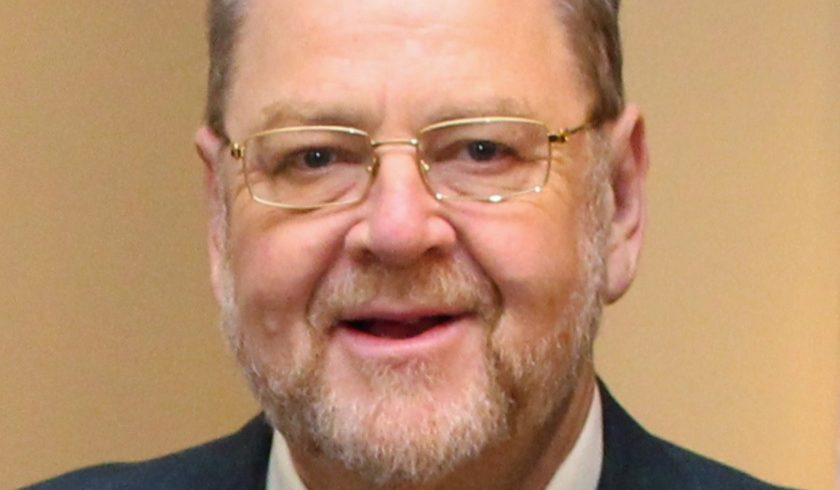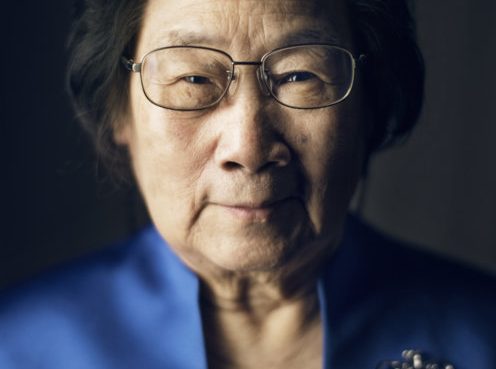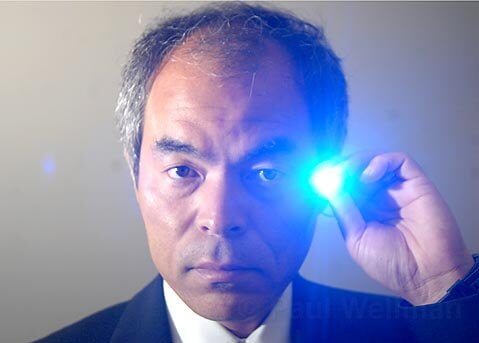In this issue, I am going to introduce you to another great scientist in the field of biology, Dr. James Rothman. He was awarded with the Nobel in Physiology and Medicine in the year 2013 for the discovery of the vesicular traffic system inside eukaryotic cells. He shared this award with Drs. Randy W. Schekman and Thomas C. Sudhof.
Dr. James Rothman is an American citizen and was born on 3rd November 1950 in Haverhill, Massachusetts, USA. His father (Martin Rothman) was a physician and mother (Gloria Rothman) was a homemaker. Since school days, he was very fond of mathematics and physics, and was aimed at becoming a physicist. He completed his high school education from Pomfret School in 1967 and followed his childhood dream to complete a BA in physics from the University of Yale. Then he moved to Harvard for a PhD in Biological chemistry. He completed PhD in the year 1976 and submitted his thesis titled, “Transbilayer asymmetry and its maintenance in biological membranes” as a part of his PhD. Then he joined Massachusetts Institute of Technology (MIT) for postdoctoral research in the area of ‘post-translational modification of protein’. For about a decade, Dr. Rothman worked as a postdoctoral researcher, moved to Stanford and finally to Princeton University in 1987. He joined the Memorial Sloan-Kettering Cancer Center in New York in the year 1988 to establish a new department of Cellular Biochemistry and Biophysics and became the Vice-Chairman of the institute. In 1992, Dr. Rothman left the Memorial Sloan-Kettering Cancer Center and became a Professor of Physiology at Columbia University and finally joined Yale University in 2008. Throughout his research career, Dr. Ruthman tried to understand the basic cellular events inside the eukaryotic cells. His contributions in understanding the intracellular traffic of cargo in between different organelles have led to the discovery of vesicular traffic system and was awarded the most coveted Nobel Prize in Physiology and Medicine.
Among so many habits inside and outside the lab, Dr. Ruthman’s habit of remembering the exact numerical values of important expressions biology, physics and chemistry used to amaze his colleagues and students. Some examples of what he uses to have in the tip of his tongue are, π and e in mathematics; Boltzmann’s constant in physics, absolute zero temperature, the diameter of a hydrogen atom, and the density of various materials in chemistry, the size of proteins and their secondary structure motifs, and the sizes of viruses, organelles and so on in biology. Dr. Ruthman’s life is full of inspiring stories and examples to be followed.




